Video Tour: QChat DirectConnect
Jun 24, 2008, 2:06 PM by Eric M. Zeman
We take two QChat-enabled walkie-talkie phones for a spin to see how well the new DirectConnect technology really works. Does it hold a candle to iDEN? Yes, yes it does.
Intro
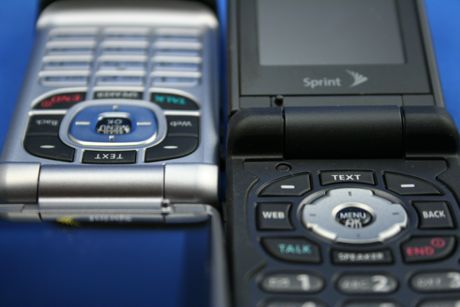
Sprint recently rolled out a brand-new walkie-talkie service based on different technology compared to what it has used in the past. Previous Sprint Nextel phones used the Nextel iDEN network to pass walkie-talkie signals back and forth. This service was fast and reliable, and has become a way of life for literally millions of users.
The problem is Sprint's iDEN network is old, and has no clear migration path to 4G. This means Sprint is faced with the challenge of providing a comparable walkie-talkie service over its existing CDMA network. Sprint and technology partner Qualcomm have cooked up a new way for walkie-talkie signals to pass back and forth over the CDMA network with performance equivalent to that of the old iDEN network. It is called QChat. QChat needs some serious 3G action to work. It needs EVDO Rev. A (which has shorter latency periods) to match the speeds seen on the iDEN network.
QChat
It really couldn't be easier. On the left side of the Sanyo PRO 200 and PRO 700 is the DirectConnect button. A quick press opens a list of all your recent DirectConnect sessions. From this screen, you can select any of your contacts to contact them, or use the right soft key to pull up an options menu for other action items. With a contact highlighted, the left soft key is a Message/Alert key. Pressing it pulls up a short menu that lets you call, text message or send a VoiceSMS to that contact number.
But who wants to do all that when you can just reach out to that person right away? With a contact number highlighted, pressing and holding the DirectConnect key will automatically open a connection to that number. With repeated tests, opening a connection ranged between 1 and 1.75 seconds, with 1.25 seconds being the average. This is timed from the start of pressing the walkie-talkie button.
Once the connection is open, it behaves just as the iDEN system did. One caller presses and holds their button to speak, while the other listens. As soon as one person has let go of their button, the other can speak. When you press the walkie-talkie button, it takes perhaps 1/4 of a second to open the line on the other phone. There is a slight delay in sending and receiving messages, perhaps 1/2 a second. During a normal phone call that might be an issue, but because of the nature of how DirectConnect conversations take place, this isn't a big deal.
One thing to keep in mind. QChat requires EVDO Rev. A coverage. Sprint's entire EVDO network has been upgraded to Rev. A, but that doesn't mean every single market has EVDO coverage. Some are still limited to 1X networks, and in those regions, QChat DirectConnect will no work. Just something to keep in mind.
In all, though, we were impressed with the service. It performs on par with the old iDEN-based walkie-talkie service. It is fast, simple, and works well.
Sanyo PROs
Sprint sent us two of its new phones that use the QChat-based DirectConnect service to test it out. The Sanyo Pro 200 and Pro 700 are nearly identical, with the 700 being a ruggedized version of the 200. They share the same feature set.
The handsets are slightly long in the closed position, but don't weigh too much and are certainly more attractive to look at than many of the iDEN phones on the market. Both are made of solid materials, with nice, large rubber buttons on the side for easy use. Both have soft-grip covering on the back, and won't slip out of your hand easily. The 700 is a tad bit thicker and has sturdier side panels and hinge.
The keypads are generously sized and the buttons are all easy to find and use. Perhaps the best feature is a dedicated text messaging button. Press it, and it automatically starts a new text message. Nice!
Both phones have QVGA displays. They are very impressive. Very bright, with excellent sharpness and resolution makes icons and images on the screen pop to life. The high-quality displays are a nice touch for these phones.
The menus for the phones is a standard Sprint menu. You can use the soft keys to access your favorites or contacts, and the menu key in the center of the D-pad will bring up the main menu. The main menu is a ho-hum 9-icon grid that lets you access most of the phones' features.
It is obvious that these phones are meant more for work than fun with the complete absence of any media capabilities. There is no camera, and there is no music or media player at all. That means no picture taking, no listening to music, and no watching videos. You can, however, download Java apps from Sprint's application store and surf the web at 3G speeds. The browser is the same ACCESS browser that is used on other Sprint models. It worked well, and mobile web sites loaded in no time at all.
In all, both phones are capable DirectConnect devices that offer few frills.
Video
Here is a video tour of the Sanyo Pro 200/700, as well as a demonstration of how well the QChat DirectConnet service works. You can watch the video here:
Or visit YouTube for more viewing and sharing options.
Comments
I wouldn't be caught dead with these phones!!
I hope in the future Sprint rethinks their approach....the obvious goal is to get Nextel subscribers over to the qchat side, how is this little crappy Sanyo going to do that? I'm more impressed with the ic502/902 then these bogus phones. Maybe I'm wrong and ppl will find appeals with them, but I give them a failing grade.
Good review but throwing it in the grass, C'mon 😉
(continues)
(continues)
Pictures over QChat
scorpio said:
One thing about QChat technology is that you can send pictures over DC, they will be instantaneous.
That feature is already available on regular DC. It's called Direct send.
I like how you can throw that...
Way to go Sanyo!


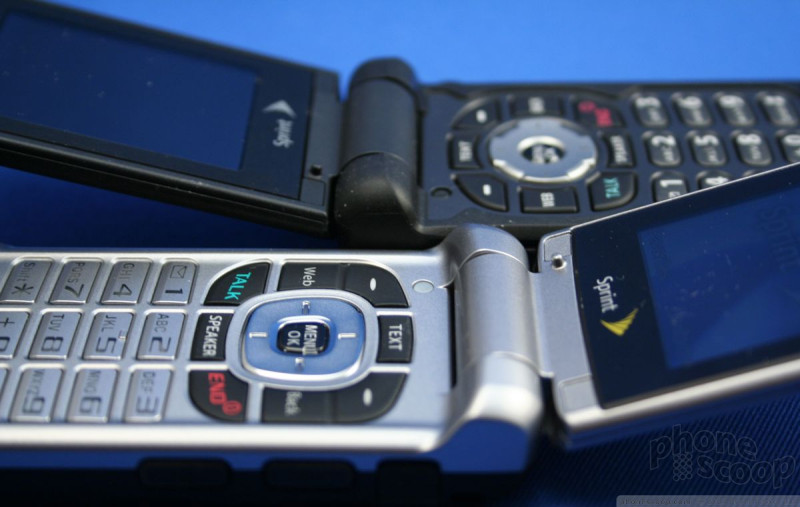



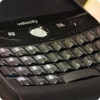 CTIA 2008
CTIA 2008
 Hands On with JLab's $30 ANC Earbuds
Hands On with JLab's $30 ANC Earbuds
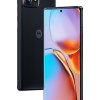 Motorola's New Flagship Gets its Signature Edge Back
Motorola's New Flagship Gets its Signature Edge Back
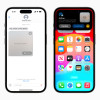 iOS 17 Brings Comprehensive Protection Against Unwanted Nude Images
iOS 17 Brings Comprehensive Protection Against Unwanted Nude Images
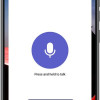 Lenovo ThinkPhone by Motorola Gains New Microsoft Features
Lenovo ThinkPhone by Motorola Gains New Microsoft Features
 Sanyo PRO-700
Sanyo PRO-700
 Sanyo PRO-200
Sanyo PRO-200







